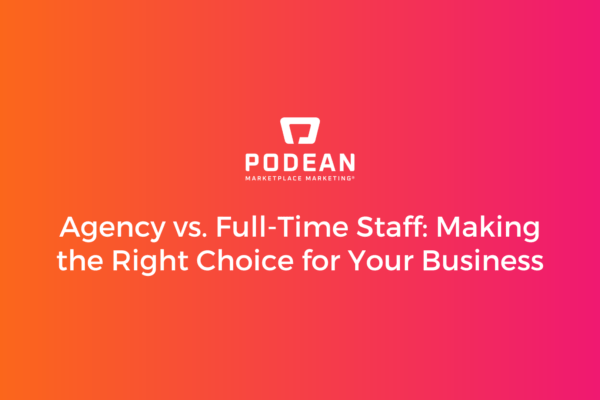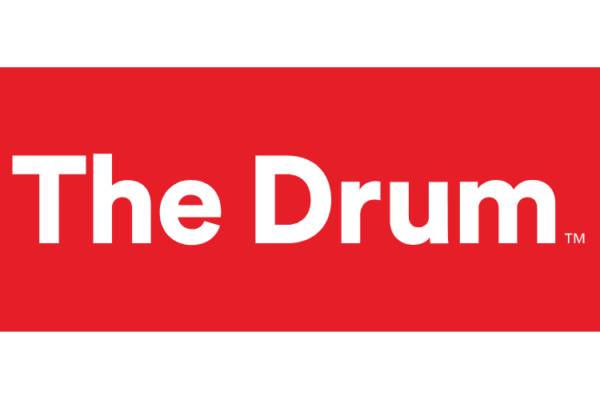Categories
Latest Posts

Skai Director of Sales joins Podean as Director of Retail Media Partnerships
September 12, 2023

Podean Turkey launches & unveils ecommerce research
August 5, 2022
Good reviews are a contributor to success across all forms of ecommerce, but on Amazon in particular, it holds a lot more importance than many brands fully appreciate. In the latest in Podean’s Amazon Explained series, we highlight some of the less obvious ways reviews can affect a brand’s Amazon presence and sales, as well as providing some insights and tips on how to generate and monitor them.
The importance of reviews
On the most basic level, product reviews provide social proof that your product is worth purchasing, so have a huge impact on sales – hardly surprising when you consider that 72% of customers won’t take any buying actions until they’ve read reviews (Testimonial Engine). But here are some of the reasons why reviews and rating should be considered a critical part of your wider Amazon strategy.
Build consumer trust
Having plenty of good reviews helps you convert, as customers have more trust in your product and your brand. This is especially important in the world of ecommerce, where customers don’t get the chance to see or try the product out before buying. Shoppers are trained to head straight to the reviews when considering a purchase, and they play a big part in product research and discovery. According to research, reviews make customers 71% more comfortable purchasing a product (3D Cart).
SEO impact
Amazon’s A9 search algorithm boils down to two factors: relevance and performance. Reviews fall under the performance category. The more and the higher reviews you have, the higher your product will rank under broader key words, impacting click-through rates and eventually, sales.
Your reviews can also impact your paid search results. Amazon takes conversion rate into consideration and will serve you less and less for important keywords if it has gone down due to negative reviews. To recover from this, you end up having to spend even more on higher bids to catch up with your competitors again.
Data and insights
Your product’s Amazon reviews are full of market intelligence on what consumers like about your products, what they don’t, and what they’d like to see next. Various tools and techniques will allow you to analyse your products reviews so that you can leverage these insights when it comes to developing and launching new products.
These insights can also be used to improve and better optimise your PDPs. For example, if you’re getting multiple reviews saying that the size of your product is different than the customer expected, you know that you need to state the size more clearly in your bullet points, description and A+ content.
Impact on retail readiness, the buy box & best seller rankings
Amazon guidelines state that, among other things, a product should have a rating of at least 3.5 stars and a minimum of 15 reviews to be considered ‘retail ready’. Retail readiness is Amazon’s measure of how well your PDP displays all the information a customer needs when making a purchase. The more informed the customer is, the more satisfied they’ll be. This impacts Seller Feedback, buy box wins and ultimately drives even more sales.
Retail readiness is also essential if you’re planning on using Amazon Advertising as it allows you to access certain advertising features that you can’t otherwise.
The list above is by no means exhaustive, and all these elements contribute to Amazon’s flywheel effect. Once you start improving your PDPs, you’ll convert more, gain more glowing reviews, and boost sales again.
How to generate reviews
So, now you’ve been swayed on the importance of reviews, how do you get the ball rolling? If your products and PDPs are good (or bad) reviews will follow, but it’s important to accelerate the generation of positive feedback – especially if you want to get that flywheel effect in motion.
Amazon Vine Program
If you have a vendor account, you can submit ASINs for the Amazon Vine program. Amazon then sends a selected group of reviewers (aka Vine Voices) a free product in exchange for an honest, unbiased review. You can enrol up to five ASINs at a time, and each can receive up to 30 reviews from the program, depending on how many they have already.
There’s no guarantee that reviews from Vine Voices will be positive. However, they’re invited to participate in the program based on the usefulness of reviews they’ve written in the past and they get to choose the products that they would like to review. This product preference bias means the reviews won’t be unfair, but also means that less attractive products may not have much success on this program. Since Vine Voices risk losing their Vine privileges if they don’t leave a review within 30 days, you can generally rely on the program to work fairly quickly if there is demand for the product. You can identify reviews left through the Vine program by the green badge that Amazon marks it with.
Early Reviewer Program
The Early Reviewer program allows you to submit SKUs to be promoted for review by Amazon. The reviewers are all selected by Amazon, based on specific criteria such as no history of dishonest reviews, and receive a $1-3 voucher in exchange. Unlike incentivised reviews, which Amazon banned back in 2016, this program only targets those who have already bought the product. It’s unlikely that lots of people will actually leave a review despite the reward, so this program is best suited to ASINs that already have a large pool of customers.
It costs $60 per ASIN, but you won’t be charged until you get one review or one year has passed, whichever comes first. Reviews that have come from this program are marked with an orange badge so you can identify them.
Other review strategies:
There are some other ways you can incentivise customers to leave a review.
Inserts in packages
Product packaging is an important part of customer experience. While you can’t really personalise packaging if you’re a vendor or your orders are being fulfilled by Amazon, you can still include a small card or insert along with your product. These will help your brand stand out, and customers are much more inclined to share a positive experience after receiving a thoughtful gesture.
Amazon feedback system
Many sellers don’t realize that you can customize the post-purchase emails that customers receive. Although you can’t actively ask people to review your product, you can request ‘feedback’. If the buying experience and the product are good, this should hopefully lead to some positive reviews.
How to deal with negative reviews
The reviews are now rolling in, but they still need to be monitored. Negative reviews can badly impact your sales and they often float to the top and give consumers a poor perception of the product and brand. Since Amazon reviews are so widely read they can impact other sales channels, too. Also, phrases such as “not as advertised” or “fake” can be picked up by Amazon and lead to an account suspension while they investigate so you need to act quick when they appear. Here’s what you can do to combat negative reviews:
Request Amazon to Remove the Review
Amazon tends to side with the customer rather than the seller, but there are a few instances where you can refute negative feedback. If the review is not within Amazon’s review guidelines (promotions, obscene language etc), if it’s about the FBA service or if it’s not in the right place, Amazon will remove it.
Contact the customer directly
30-60% of buyers are willing to remove their bad review or change it to a good one if you contact them personally and attempt to resolve their issue.
Leave a Public Reply
Customers are likely to be more forgiving of bad reviews and more trusting of the brand if they can see that you have addressed negative comments. A high level of customer service can reduce any damage to the reputation of the product (and of the seller or vendor), and you may be able to add information that will be useful to others who are considering the same purchase.
Address the issues customers are having with your products
In the longer term, if you use feedback to improve and update your products, you should see fewer negative reviews coming in.
Tools and tech
It’s a lot to take in, but luckily there are plenty of great tools out there that can help you generate, monitor and analyse reviews.
Feedback Genius integrates with couriers like UPS, FedEx or USPS to keep track of the tracking information, and then automatically sends the feedback request when the order has been delivered. You get a real-time notification when a review is replaced, so you can reply straight away. The tool also offers A/B testing and message analytics that can track email views, openings, click-throughs and unsubscriptions.
The two major features of AMZFinder are its Feedback Request System and Review Management.
The Feedback Request System will send review request emails and invoices automatically, helping the seller to gain more positive reviews. The Review Management feature then monitors those reviews and alerts the seller of any negative ones.
FeedbackExpress automates your feedback requests for you. It also proactively prevents negative feedback through the use of customer service campaigns and, on the occasions you do receive any, will send you alerts straight to your phone or email. It also now includes a product review tracking feature.
Last but not least, Review Monitoring is the latest tool that we’ve adopted at Podean. It highlights and answers important questions around product performance by scraping and analyzing customer feedback and reviews. It can access all marketplaces and isn’t tied to just Amazon, you can use it across all ecommerce platforms.
Podean’s unBoxed 2023 Recap: Day 1
LiveCraft streaming studio opens in LA
About Podean
Latest Posts

Skai Director of Sales joins Podean as Director of Retail Media Partnerships
September 12, 2023













Comments are closed.